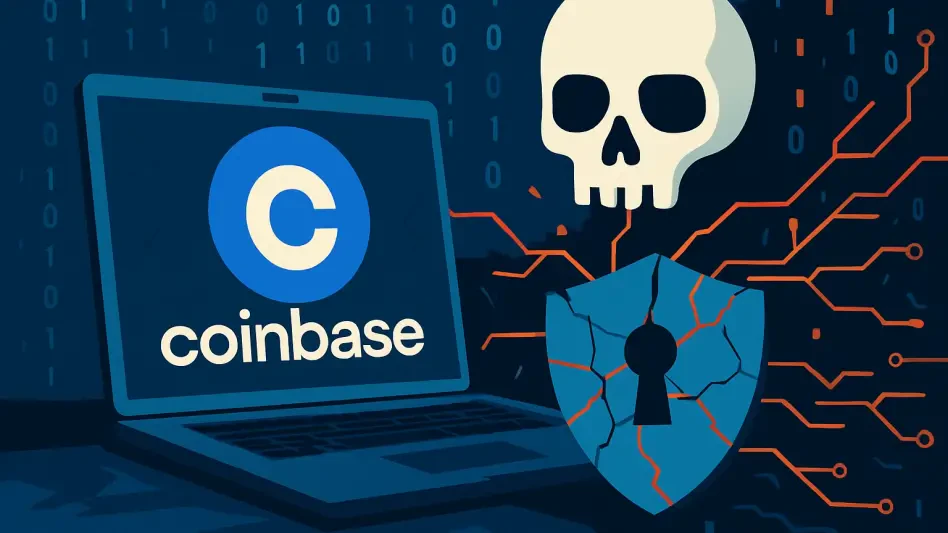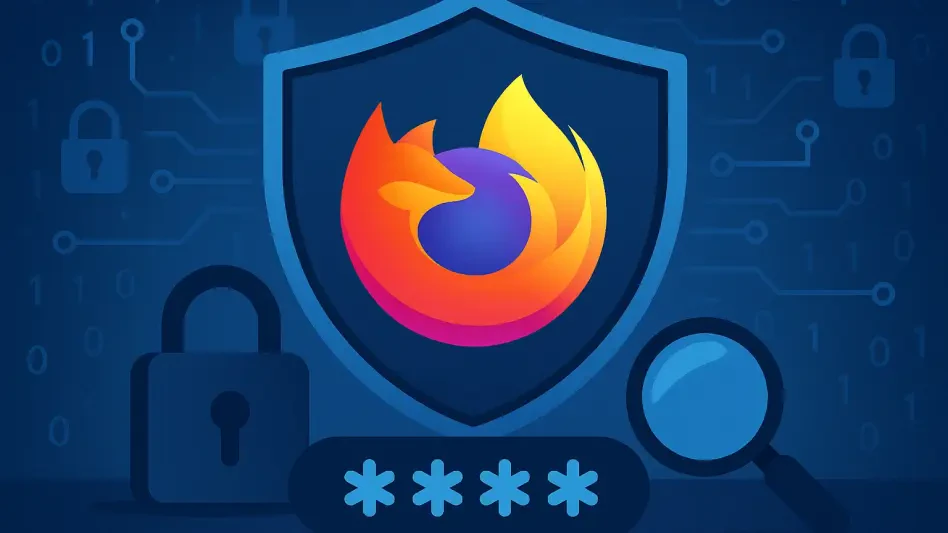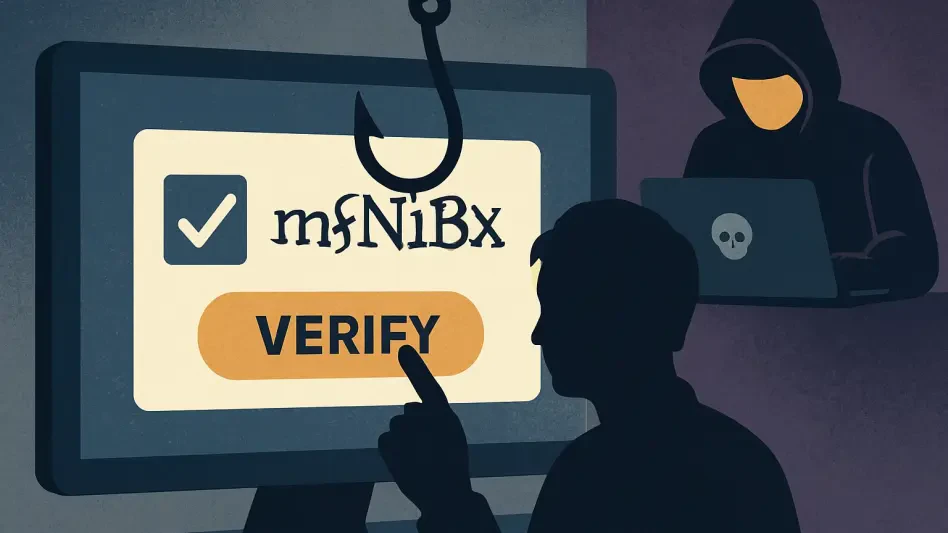In a recent wave of sophisticated cyberattacks, Gmail users have become the target of an unprecedented AI-driven phishing scam that has already put 2.5 billion accounts at risk. This new breed of threat leverages advanced artificial intelligence to craft highly convincing scenarios that deceive even wary users, prompting a renewed call for elevated vigilance and advanced security measures. By mimicking legitimate Google support communications, cybercriminals are achieving a level of deception that traditional phishing attempts rarely reach, posing substantial risks to individual and corporate accounts alike.
The Rise of AI-Driven Phishing Attacks
Mimicking Legitimate Communications
The latest phishing attempts involve cybercriminals using advanced artificial intelligence to create extremely convincing phone calls and emails that appear to come from Google support. These AI-crafted messages often include realistic scenarios like warnings about compromised accounts and requests for Google ID verification, tricking users into revealing sensitive information. Victims are led to believe they are dealing with genuine Google representatives, significantly increasing the chances of falling for the scam.
One of the core strengths of these AI-driven attacks is their ability to adapt and evolve, making them harder to detect than traditional phishing methods. Hackers utilize sophisticated algorithms to analyze and mimic the communication patterns of legitimate entities, deploying their malicious attempts with surprising accuracy. The AI can learn from previous interactions, improving its tactics with each attempt. This level of sophistication underscores the need for heightened security measures to stay ahead of such adaptive threats.
Bypassing Two-Factor Authentication
An alarming aspect of these AI-driven phishing attacks is their capability to bypass two-factor authentication (2FA), a security measure traditionally considered a robust safeguard against unauthorized access. Cybercriminals leveraging AI can create phishing scenarios that appear extraordinarily credible, prompting users to provide both their passwords and the secondary verification code. This breach not only compromises the user’s account but also exposes linked services and sensitive information.
The deception is so meticulously crafted that even tech-savvy users find it challenging to differentiate genuine interactions from fraudulent ones. By integrating AI techniques, hackers can swiftly respond to security advancements, including 2FA, rendering such measures less effective. This evolving threat landscape necessitates continuous innovation and strengthening of cybersecurity protocols to counteract the sophistication of these AI-enabled phishing schemes.
The Importance of User Awareness and Vigilance
Distrusting Unsolicited Communications
With the increasing sophistication of AI-driven phishing attacks, the consensus among cybersecurity experts is that user awareness and vigilance are paramount. It is crucial for users to remain skeptical of unsolicited calls or emails that claim to be from Google support, especially those requesting personal information or urgent action. Verifying the legitimacy of such communications through official Google channels can prevent falling victim to these scams.
Google has emphasized the importance of users being cautious and verifying any suspicious activity directly via their official platforms. Users should thoroughly examine emails or calls for signs of phishing, such as irregular email addresses, grammatical errors, or urgent threats. Maintaining a healthy dose of skepticism towards unexpected communications can be a critical defense against falling for these sophisticated scams. Furthermore, reporting such attempts to Google can help authorities track and mitigate ongoing threats.
Checking for Unfamiliar Activity
Regularly monitoring one’s Google account for unfamiliar access patterns is another effective strategy to safeguard against AI-driven phishing attacks. Users should frequently check their account activity through the Google web client to identify any unauthorized access or unusual activity promptly. By staying vigilant and proactive, users can detect potential security breaches early and take necessary actions to protect their accounts.
Google provides various tools and resources to help users secure their accounts, such as security checkups and alerts for suspicious activity. Taking advantage of these tools and following best practices can significantly reduce the risk of falling victim to AI-driven phishing scams. Users are encouraged to keep their account recovery options updated and to use unique, strong passwords for their accounts to enhance overall security. Continuous awareness and proactive security measures remain indispensable in the fight against these evolving cyber threats.
Corporate Readiness and Cybersecurity Measures
Proactive Cybersecurity Strategies
Experts like Spencer Starkey from SonicWall highlight the necessity for organizations to adopt proactive and flexible cybersecurity measures to counter the rapid development of AI-driven attacks. Regular security assessments, threat intelligence gathering, vulnerability management, and incident response planning are crucial components of a comprehensive cybersecurity strategy. Organizations must remain vigilant and adaptable to defend against the sophisticated and variable nature of these cyber threats.
Incorporating a multi-layered defense approach can help organizations build resilience against AI-driven phishing attacks. This involves utilizing advanced security technologies such as firewall protection, intrusion detection systems, and endpoint security solutions. Additionally, fostering a culture of cybersecurity awareness within the organization through regular training and simulation exercises can equip employees with the knowledge to recognize and respond to fraudulent activities. By staying proactive and flexible, organizations can better safeguard their digital assets against malicious attacks.
Importance of Monitoring and Response
Given the rapid evolution of AI-driven cyber threats, constant monitoring of networks for suspicious activity has become imperative for robust cybersecurity. Organizations must implement advanced monitoring tools to detect and respond to potential security breaches in real-time. By continuously analyzing network traffic and user behavior, security teams can identify anomalies and take swift actions to mitigate risks before they escalate into significant breaches.
Incident response planning is another essential aspect of an organization’s cybersecurity strategy. Having a well-defined plan in place allows organizations to respond effectively to security incidents, minimizing potential damage and ensuring a swift recovery. Regularly updating and testing the incident response plan ensures that it remains relevant and effective in addressing emerging threats. By combining advanced monitoring with an efficient incident response strategy, organizations can enhance their overall cybersecurity posture and protect against the increasing threat of AI-driven phishing attacks.
Conclusion
Gmail users are currently the target of an unprecedented wave of sophisticated cyberattacks, with an AI-driven phishing scam putting 2.5 billion accounts at risk. This new type of threat uses advanced artificial intelligence to create highly convincing scenarios that easily fool even cautious users. This situation has led to a renewed call for increased vigilance and advanced security measures. Cybercriminals are now mimicking legitimate Google support communications to achieve a level of deception that traditional phishing attempts rarely reach. These AI-crafted emails mirror official messages so well that they pose a significant risk to both individual and corporate accounts. The advanced tricks used by these cybercriminals make it extremely difficult for even an experienced user to identify a fake message. The growing sophistication of these phishing efforts underscores the urgent need for users to be more vigilant and for companies to implement stronger security protocols to protect sensitive data from rapidly evolving cyber threats.







